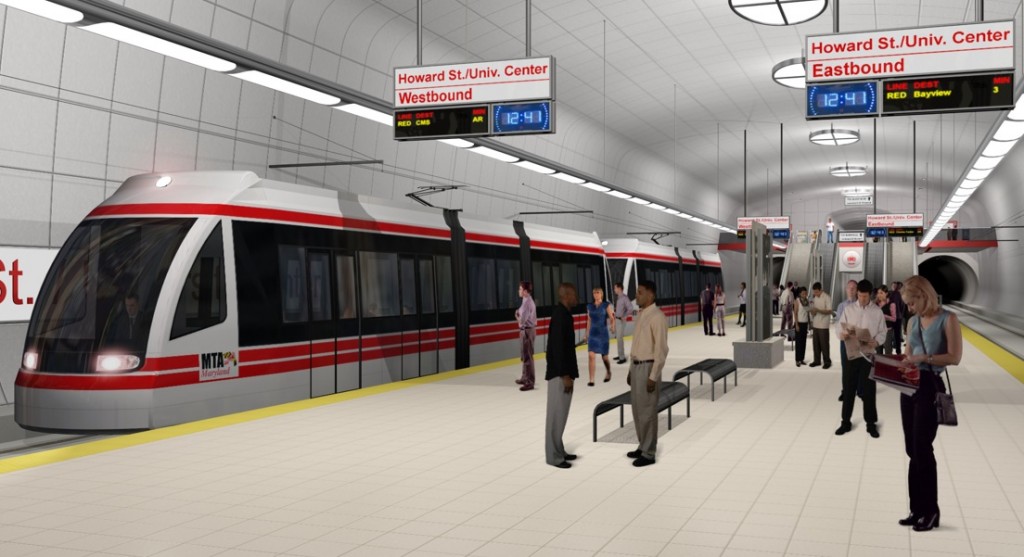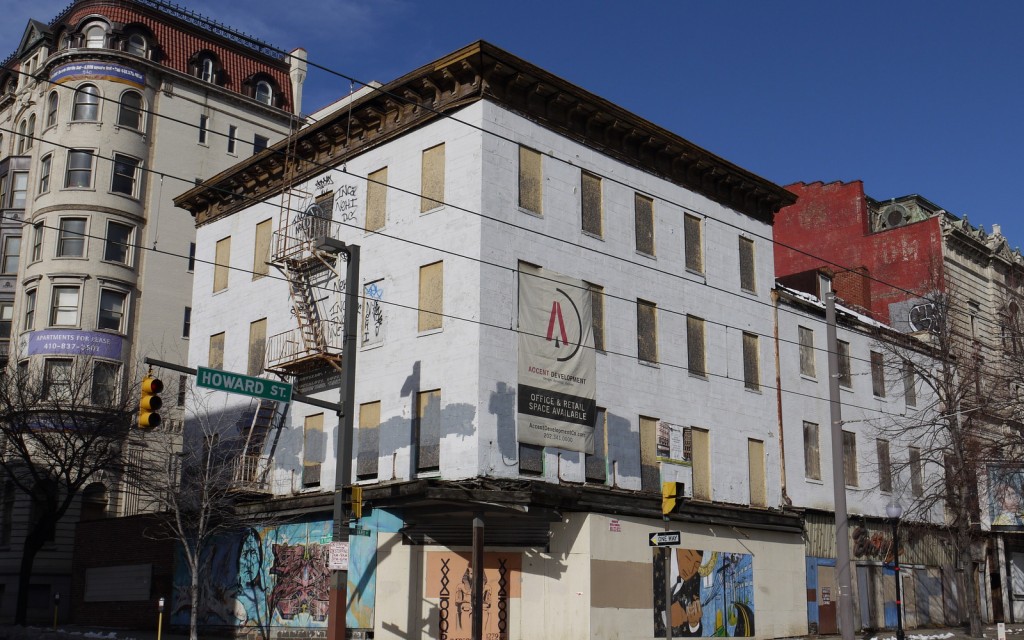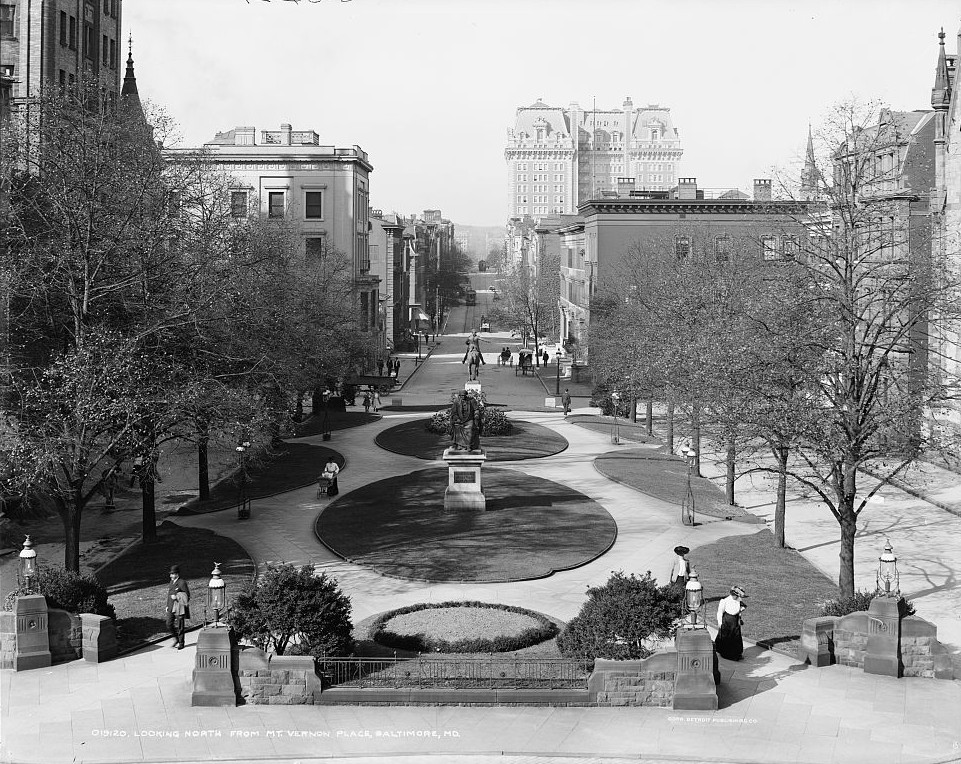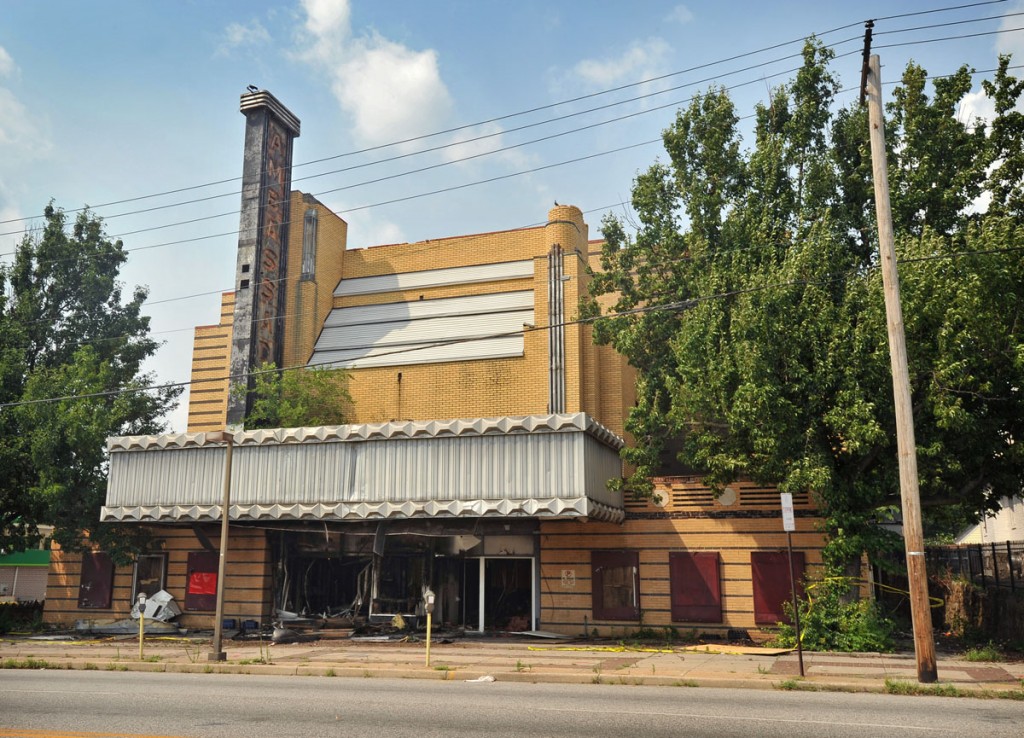Location
201 Wilson Street, Baltimore, MD 21217
History
Strawbridge Memorial Methodist Church first began in June 1836, when Maryland’s growing Methodist community established a Sunday school in the home of William Coulter at 850 North Howard Street near Richmond Market. In 1839, the community built a small frame building for the school on the opposite side of Howard Street for $1,000 and held a dedication in February 1840.
In April 1843, the Howard Street Station formally incorporated as a Methodist Episcopal Church and began making plans for a new building. The congregation bought a lot at Linden (then Garden) and Biddle Streets and laid the cornerstone in a ceremony on September 4, 1845. The church began holding services on the ground floor the following year, completed the auditorium by 1847, and dedicated the building in November 1848.
In 1860, Howard Street Station changed their name to the Strawbridge Methodist Episcopal Church in honor of Robert Strawbridge an Irish evangelist credited with bringing Methodist to America. Born in Ireland, Robert Strawbridge immigrated to Maryland around 1760 and settled on Sam’s Creek in what was then Frederick County (now part of Carroll County). Strawbridge established a Methodist Society and built a “Log Meeting House” near his home – a building later considered one of the first Methodist churches in America. The modest structure (a little less than 25-feet square) was replaced in 1783 but a relic of the building survived in the pulpit of Strawbridge Methodist Episcopal Church which was made from logs salvaged from the old meeting house.
In 1880, Dr. John F. Goucher arrived at Strawbridge and titled his first sermon “Rise and Build,” launching his successful effort to spur the congregation into building a new church. Goucher had previously led the relocation of the Gilmore Street Methodist congregation and helped them to build a new church on Harlem Park, a fast-growing prosperous suburb in West Baltimore.
The congregation accepted a new site at Park Avenue and Wilson Street from member Erastus Mitten and sold their Biddle Street church to an African American congregation. The building was late demolished to make way for State Center. As the new building went up, the community held services in a tent placed on an adjoining lot. Finally, in a special watchnight service on December 31, 1881 a Watchnight the congregation moved into their newly finished chapel.
Goucher’s abilities at fundraising helped the church enabled the church to dedicate the church free of debt in a ceremony with Bishop Matthew Simpson in June 1882. Goucher moved on shortly after to help the Lovely Lane Methodist Church build their iconic St. Paul Street home a few years later.
The Strawbridge Church on Park Avenue added a parsonage on Wilson Street in 1885. When the parsonage was converted into a Guild House, the church bought a house on Bolton Street south of Wilson Street and then later moved the parsonage again to 1719 Park Avenue.
Last Updated: October 30, 2014
Baltimore Heritage is supporting the Save Strawbridge Church committee formed in June 2012 by the Mt. Royal Improvement Association. The United Methodist Church has stepped up its efforts to improve and sell Strawbridge Church at the corner of Wilson Street and Park Avenue. The MRIA Committee has met with both the City and the owners, and, as a result, the old chimney was removed and new gutters and downspouts were added, making the walls more stable. The building is still underwater financially, so financing and/or a viable plan for its use, other than a vacant lot, is necessary to save it.




